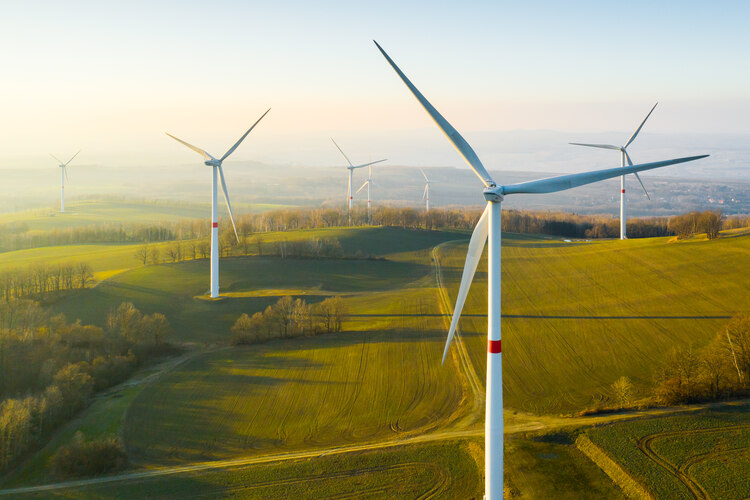
A new report shows that worldwide investment in renewable energy needs to increase significantly if we are to meet the goal of tripling renewables by 2030
By
It’s no secret that making a worldwide transition to renewable energy isn’t going to come cheap. Every country is going to have to dig deep and commit significant financial resources in order to make the jump if we are to have any hope of keeping within the 1.5°C maximum temperature rise that nations committed to after the 2015 Paris Agreement was signed.
One of the key ways of staying within this threshold is through the phasing out of fossil fuels and increasing the use of renewable energy. At the recent COP28 UN Climate Change Conference in Dubai, which was held in December 2023, the nations of the world committed to tripling renewable energies by 2030. If achieved, this would go a long way towards the world transitioning away from fossil fuels.
But, a new report by the global think-tank Climate Analytics says that in order to triple renewables in line with the 1.5°C temperature limit would require $12 trillion of investment up until 2030 – an average of $2 trillion per year starting from today.
Two-thirds ($8 trillion) would be invested in the installation of renewables, while around a third ($4 trillion) would be for the grid and storage infrastructure needed to support renewables. The report says that without modernised, flexible and expanded grids, there can be no tripling.
However, in 2023, global investment reached only $1 trillion, around half the annual investment needed on average between 2024-2030. At the moment, over the 2024-2030 period, the world is on track to invest just $6.6 trillion in renewables and grids, leaving an investment shortfall of just over $5 trillion. At the same time, the report authors say that over the same period, the world is also set to invest over $6 trillion in fossil fuels under current policies. The report suggests that shifting this money to renewables and grids could cover the investment gap entirely and put the power sector on track for 1.5ºC.
In addition to looking at the purse strings, the report examines the work different regions and countries of the world are doing to meet their commitments to tripling renewable energy production. And here, things get interesting. When it comes to greenhouse gas emissions, China, the world’s biggest single contributor to greenhouse gas emissions, and India, the third largest (with the USA in second place), frequently get given a hard time in the Western media. However, the report states that Asia is actually the only region of the world roughly on course to meet this goal and that much of this success is down to government policies set by China and India, whose policies and actions are, according to the report, helping to compensate for Asian nations such as South Korea which are lagging behind in the move to renewables.
In fact, overall, Asia makes the biggest contribution to global renewables, providing around half (47 per cent) of the 8.1 TW of renewable capacity additions needed globally by 2030.
But, before too rosy a picture is painted of Chinese and Indian investment in renewables, the report does sound a significant note of caution for both countries by pointing to the current spree of coal-fired power plant construction in China and India. If this continues, the report says, it will either jeopardise a 1.5ºC-aligned power sector transition or create large-scale stranded assets.
Related articles:




